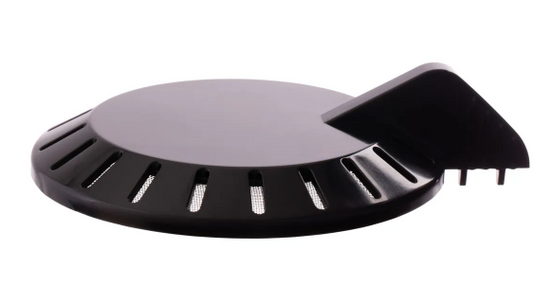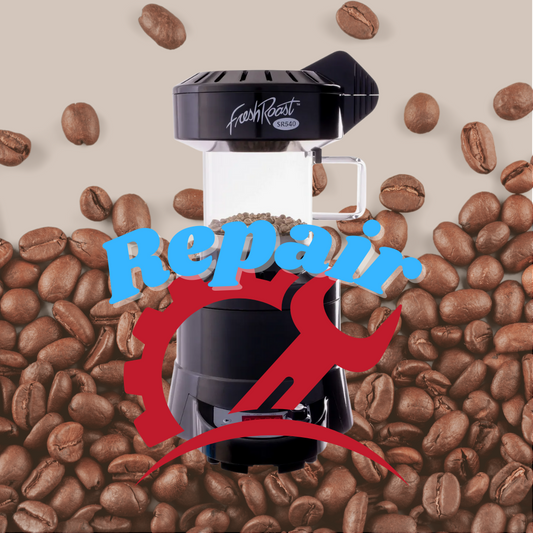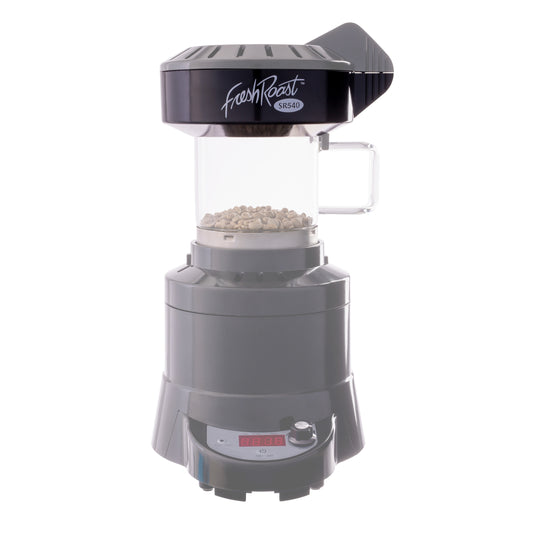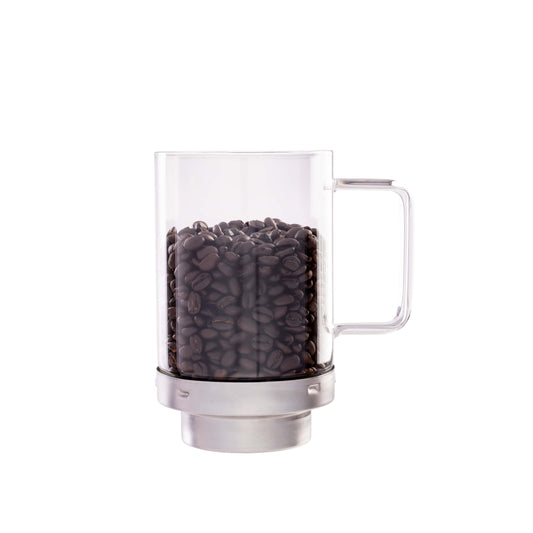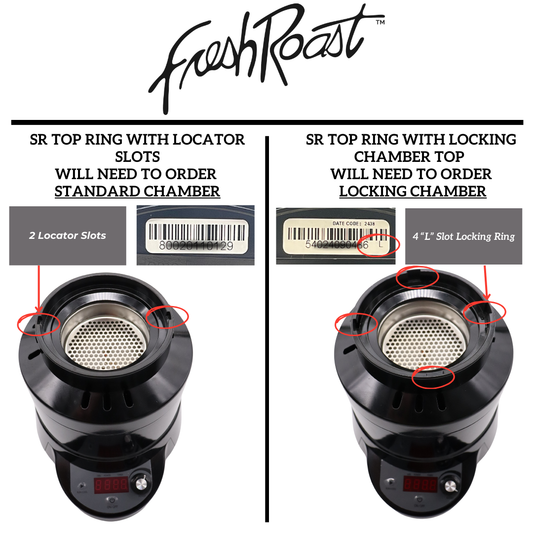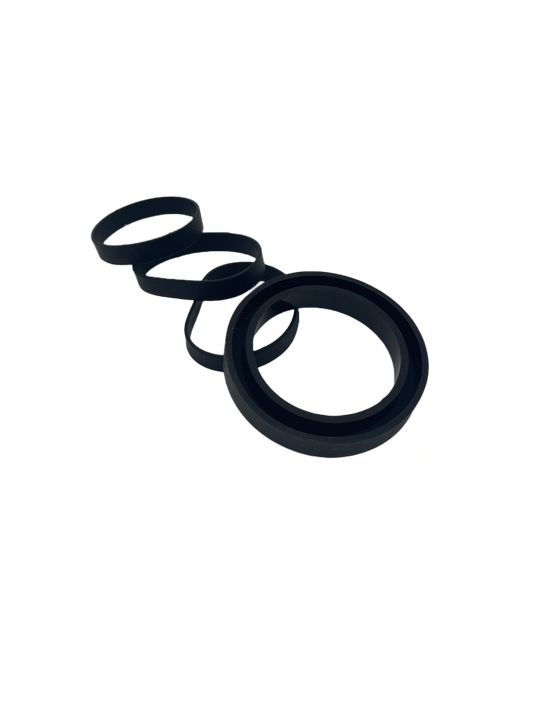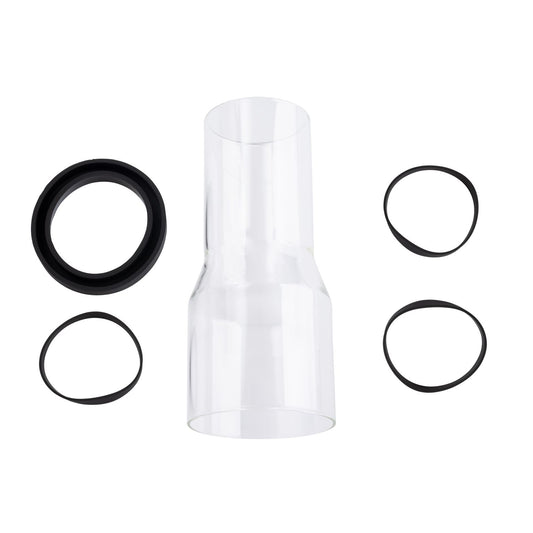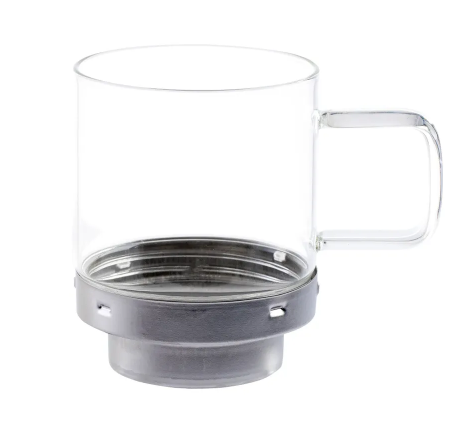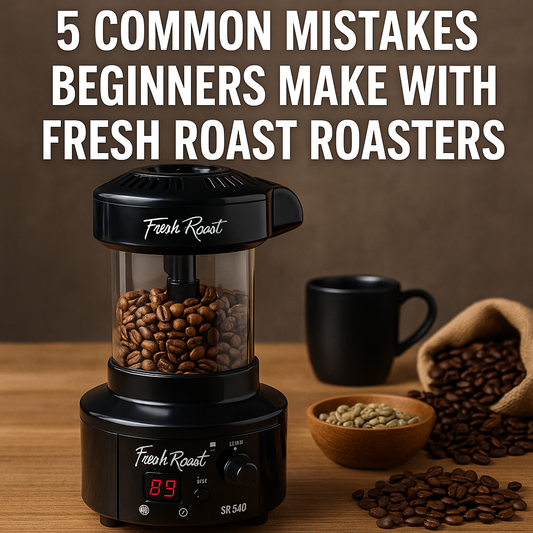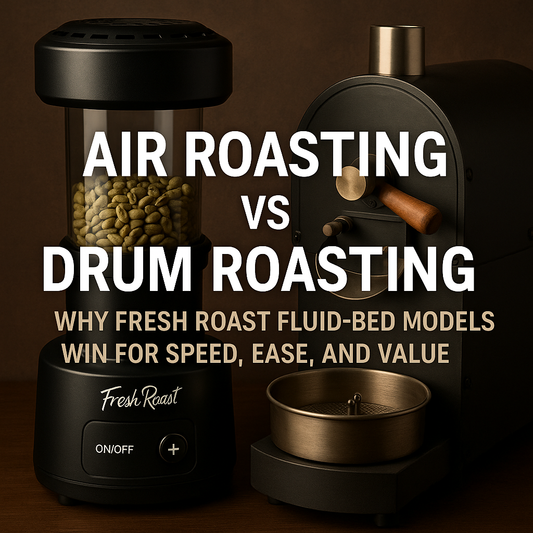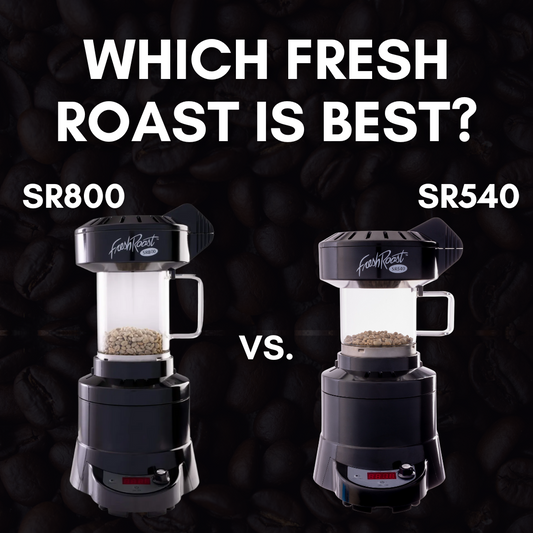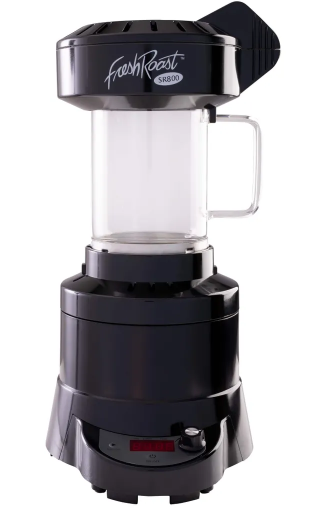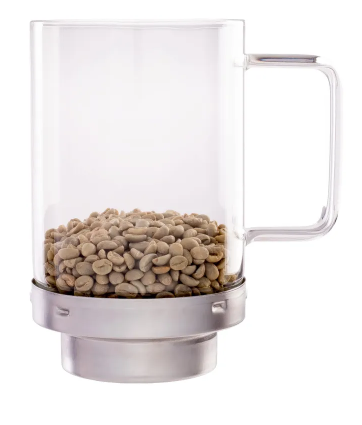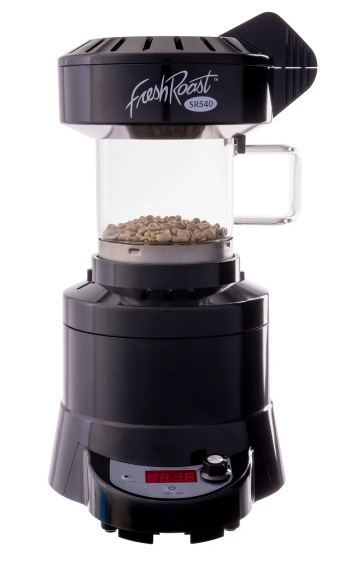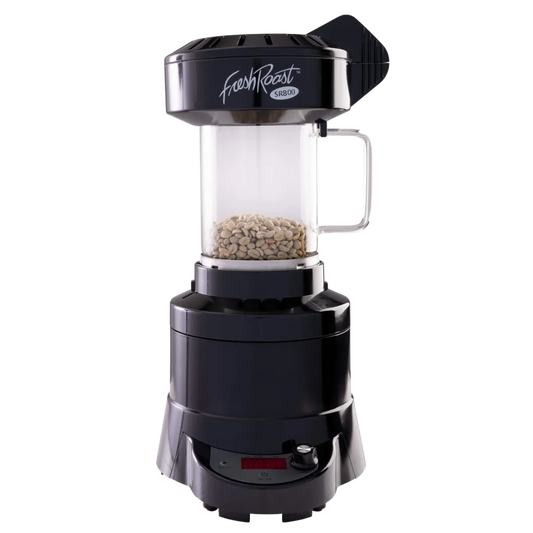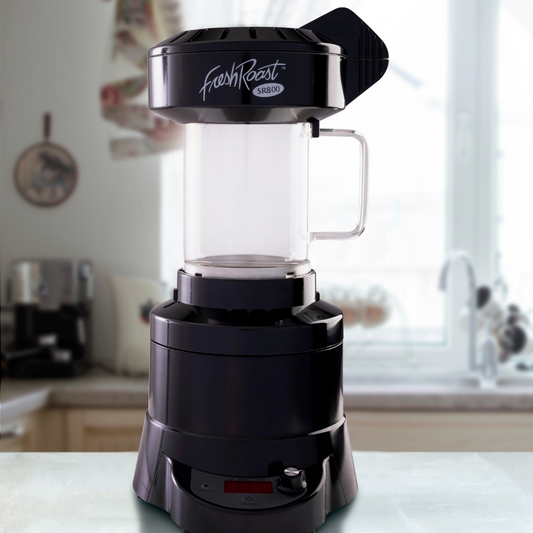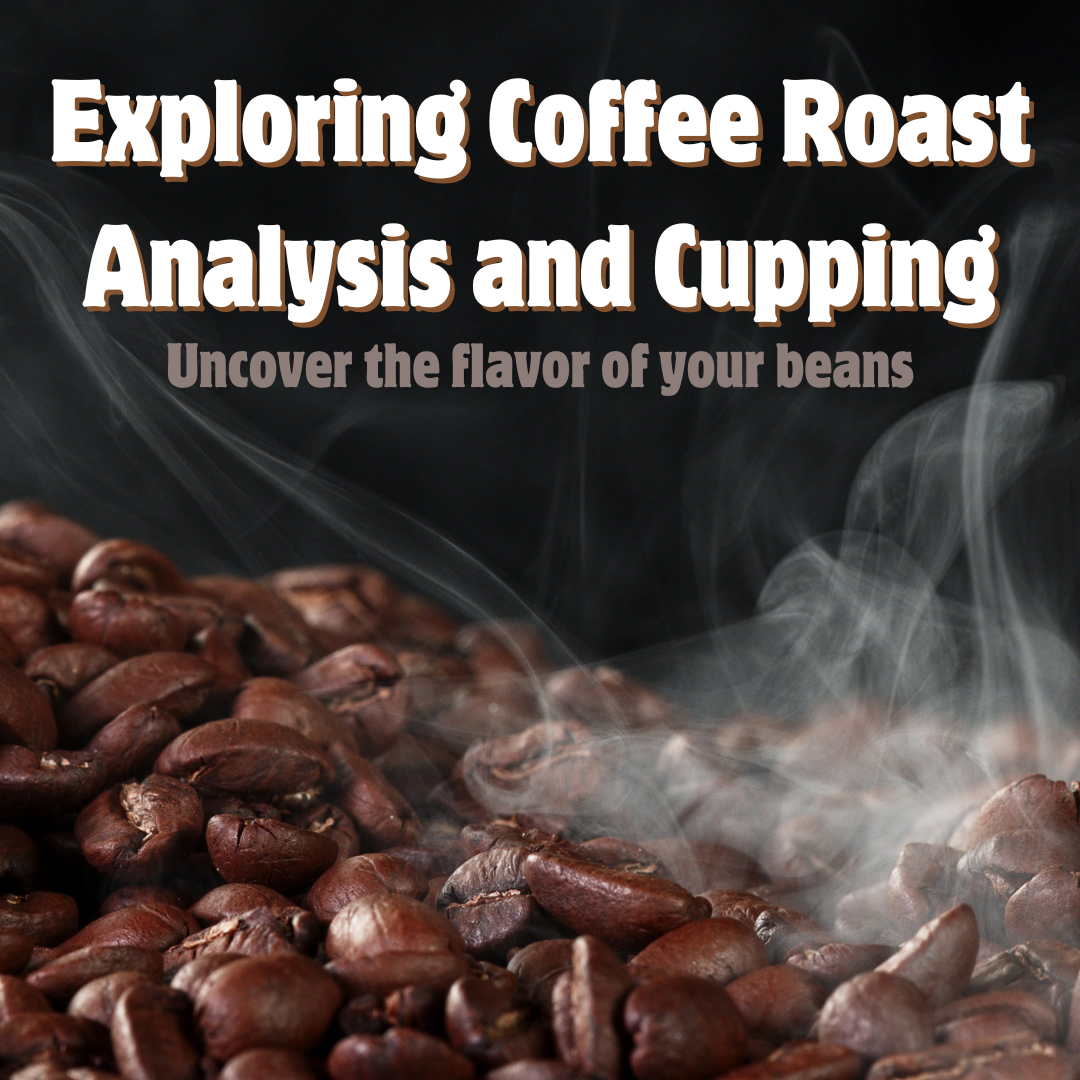
Exploring Coffee Roast Analysis and Cupping: Uncover the Flavor
Coffee roasting is a captivating journey that allows enthusiasts to unlock a world of flavors. Whether you're a novice or a seasoned roaster, one essential skill to mastering the art of coffee roasting is the ability to analyze your roast and evaluate the flavors. This is where coffee roast analysis and cupping come into play. In this guide, we'll explore the art of roast analysis and cupping, helping you refine your palate and brew the perfect cup of coffee.
Key Takeaways
| Visual and Aromatic Analysis: Evaluate roast color and inhale aromas for flavor insights. |
| Cupping Technique: Master the art of cupping to refine your palate |
| Flavor Wheel Utilization: Use the Coffee Taster's Flavor Wheel for precise taste description. |
| Palate Development: Expand your coffee horizons and maintain consistency. |
|
Community Engagement: Share experiences, learn, and contribute to the coffee culture.
|
The Basics of Coffee Roast Analysis
Coffee roast analysis is the process of critically evaluating the visual, aromatic, and taste characteristics of freshly roasted beans. This practice provides valuable insights into the roast's quality and helps you adjust your roasting techniques for better results.
Visual Analysis
Start by visually inspecting the roasted beans. High-quality beans should have a uniform color, with no signs of scorching or uneven roasting. Dark roasts will be darker brown, almost oily, while light roasts will have a lighter brown hue.
Pro Tip: Use a color reference chart to help gauge the roast level accurately.

Aromatic Analysis
The aroma of freshly roasted beans is a delightful experience. It's a precursor to the flavors you'll encounter in your brewed coffee. Inhale deeply and take note of the fragrances. You might detect notes of caramel, chocolate, fruitiness, or even floral hints.
Taste Analysis (Cupping)
Cupping is the most critical part of coffee roast analysis. Here's how to do it:
- Grind the beans to a consistent medium-coarse texture.
- Add coffee grounds to a cup and smell them again to assess the dry aroma.
- Pour hot water (just off the boil) over the grounds, ensuring they're fully saturated.
- After a brief steep, break the crust of coffee grounds that forms on the surface with a spoon and inhale deeply.
- Allow the coffee to cool slightly, then take small sips while slurping to aerate the coffee and spread it evenly across your palate.
To learn more about coffee cupping, visit the National Coffee Association's guide.
The Coffee Bean Flavor Wheel: Your Palate's Best Friend
To become proficient in coffee roast analysis and cupping, it's essential to familiarize yourself with the coffee flavor wheel. This tool categorizes the vast array of coffee flavors into specific descriptors, allowing you to articulate what you taste more precisely.
The Coffee Flavor Wheel
The Coffee Taster's Flavor Wheel, developed by the Specialty Coffee Association, is a visual aid that breaks down flavors into categories such as fruity, nutty, spicy, and floral. Each category contains more detailed sub-descriptors. For example, "fruity" might include sub-descriptors like "berry," "citrus," or "stone fruit."
Developing Your Palate
Developing a discerning palate is an ongoing process, but there are steps you can take to accelerate your progress:
Taste Widely
Try as many different coffee varieties as you can. Explore single-origin beans from different regions to understand their unique flavors. This exposure will help you identify and appreciate distinct taste profiles.
Discover a variety of single-origin coffees at Sweet Maria's to expand your coffee horizons or shop a variety of coffee beans directly on Home Roasting Supplies store.
Keep a Tasting Journal
Maintain a journal to record your coffee tasting experiences. Note the roast level, brewing method, and your impressions of each coffee. Over time, you'll start to recognize patterns and understand your preferences better.
Attend Cupping Sessions
If possible, attend cupping sessions hosted by coffee professionals or local roasters. These sessions provide valuable opportunities to taste a variety of coffees and learn from experienced tasters.
The Importance of Consistency
Consistency in your roast analysis and cupping practices is vital. It allows you to track your progress and make informed adjustments to your roasting methods. Here are some tips for maintaining consistency:
Standardized Brewing
Use the same brewing method and water temperature for your cupping sessions to ensure that the only variable is the coffee itself.
Blind Tasting
Occasionally, conduct blind taste tests to remove any bias. Have someone else prepare the coffee without telling you the details, so you evaluate it objectively.
Regular Practice
Set aside time for regular cupping sessions, even if you're not roasting at the moment. This keeps your palate sharp and your sensory skills finely tuned.
The Journey of Continuous Learning: Perfecting Your Roast
The world of coffee is vast and ever-evolving, making it an exciting and rewarding hobby. Embrace the journey of continuous learning, and you'll find that the art of coffee roast analysis and cupping becomes increasingly enjoyable.
Don't forget to share your coffee experiences with others. Joining coffee communities and engaging in discussions about your findings can further enrich your understanding of coffee and expand your palate.
With each cupping session, you'll gain a deeper appreciation for the nuances of coffee flavors, helping you become a more skilled and knowledgeable coffee roaster.
Coffee roast analysis and cupping are indispensable skills for any coffee enthusiast looking to unlock the full potential of their beans. By honing your ability to visually assess roasts, appreciate aromas, and identify flavors through cupping, you'll not only elevate your own coffee experience but also contribute to the rich tapestry of the coffee community.
Remember that the journey of mastering coffee roast analysis and cupping is as rewarding as the destination. As you refine your palate and discover new flavor profiles, you'll find yourself on an endless adventure of taste and discovery in the world of coffee.
So, brew up a fresh cup, gather your favorite beans, and start your coffee roast analysis and cupping journey today. Happy tasting
